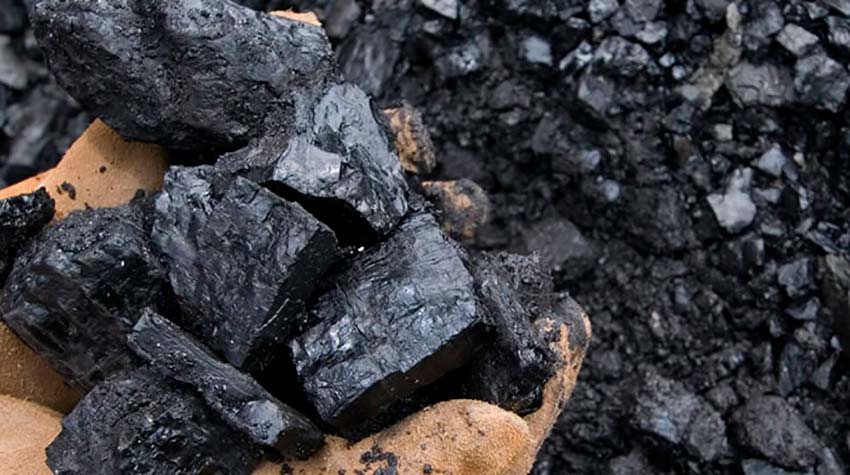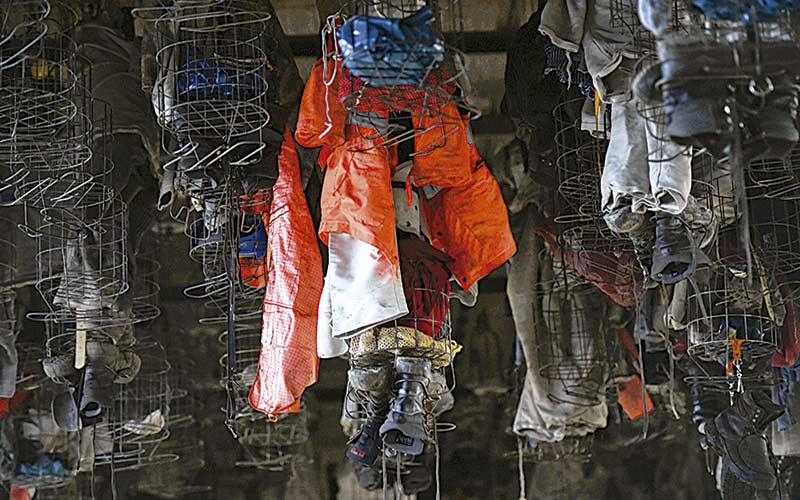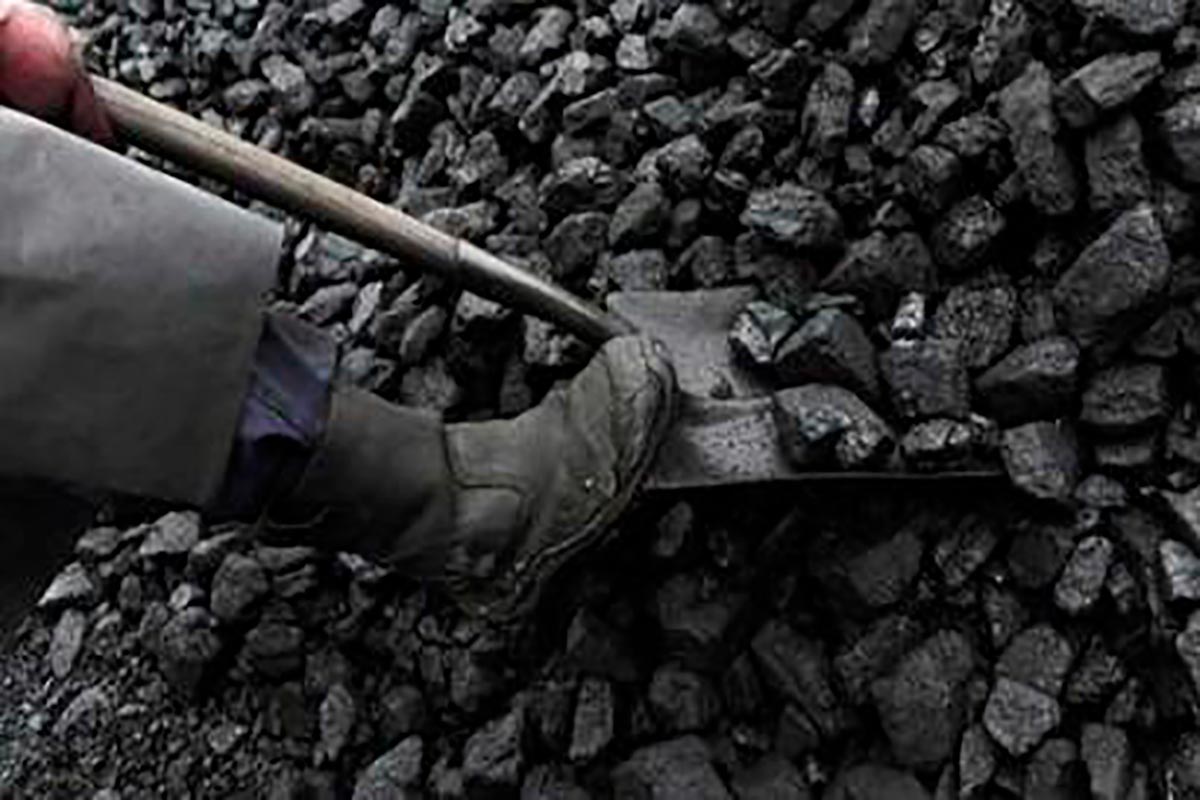FAQs about Coal

9. Which countries are closing their coal mines and why?
The European Council issued in 2010 Decision 2010/787 / EU, related to the closure of coal mines in Europe. By which the Member States of the Union were authorized to cover production losses and the exceptional costs resulting from the closure of uncompetitive coal mines. In order to mitigate the social and environmental impact resulting from such closures, it was required that the mines that had received this form of aid have been dismantled by December 31, 2018. If not, they should return the subsidies received from 2011
Spain. Most of the coal mines closed on December 31, the deadline for such closures, since none of them was able to return the subsidies received, because the sector had suffered a decline since 1990. In that year, the number of workers It was 45,000, and since then decreased to about 2000 by 2018. In less than three decades they closed 130 coal mines of the 146 existing in 1990. Only two mines were in operation, Asturias and León, which by a special plan will be closed in 2019.
Germany. Germany says goodbye to coal mining after 200 years, was the title used by the newspaper El País to report the closure of the last coal mine in the European country, occurred in December 2018. About 33,000 miners and other employees They worked in the mines in 2007. On that date they only did about 3,500. “The generous early retirement agreements ensured there would be no layoffs or downsizing.” Germany, after the closure of its coal mines and its nuclear plants, is set to become one of the first green countries. To compensate for the energy deficit of these two important sources of energy has turned to natural gas, through a multiplication of gas pipelines across Europe, imported mainly from Russia.
United Kingdom: Is one of the two countries, together with Canada, promoters of the Powering Past Coal Alliance group, has already announced that it will close its coal-based plants by 2025.
Poland. About 80% of Poland’s electricity comes from coal. Government plans propose reducing that participation to 60%. The Solidarity Union signed a joint statement with the Heartland Institute, an organization that denies climate science, based in Chicago, rejecting the scientific consensus on climate change and “the elimination of coal from the global energy portfolio.”
China. This country is the largest producer and consumer of coal. The mineral accounts for more than 60% of energy consumption in China and represent up to 80% in the north of the country, the most affected by the high pollution rates. In July 2017 during the G20 Group meeting in Hamburg, President Xi Jinping acknowledged that China’s economic model is not sustainable and announced several reforms affecting the coal sector. A total of 2,802 coal mines have been closed in China in the last five years, from 7,869 to 5,067. These reductions will continue to occur to reduce the enormous pollution in some regions of the Asian country.
U.S.A. Thousands of new jobs, that was the promise that the president of the United States, Donald Trump, in March of 2017, when signing an executive order that dismantles the environmental policy promoted by his predecessor, Barack Obama. “We are going to put our miners to work again… We are going to give back jobs to thousands of employees in the fossil fuel industry, the president said.
Countries committed to close their coal mines by 2030 or sooner: Canada, Costa Rica, Denmark, El Salvador, Ethiopia, Fiji, Finland, France, Ireland, Israel, Italy, Latvia, Liechtenstein, Lithuania, Luxembourg, Mexico, the Netherlands, New Zealand, Portugal, Senegal, Sweden, Switzerland, Tuvalu, Vanuatu.
Regions willing to close their coal mines by 2030 or sooner: California, Hawaii, Connecticut, Los Angeles, Minnesota, New York, Oregon and Washington, from the United States, and Sydney and Melbourne from Australia.
FAQs about Coal
1. What is coal?
2. What are the main uses of coal?
3. What are the differences between charcoal, coal and coke?
4. How does carbon affect the environment?
5. Which countries are the ten largest producers of coal?
6. Which countries are the ten largest consumers of coal?
7. How does coal affect climate change?
8. Is there a plan to stop using coal?
9. Which countries are closing their coal mines and why?
10. What is cast iron or pig iron, and what is its relationship with steel and coal?
Comming soon – Others sections of Coal




Video Gallery
Infographics

Photo Gallery

